Everything you need to know about The British Museum
Hello travellers!
It's a new week and we're opening a new post with one of the most important, most visited and well-known museums in all of London.
It has to be the British Museum.

A lot of you will be thinking: "A museum? I didn't come to London for that, I'm not going to waste my money to look at rocks and fossils". Those of you who love art and culture already know that this museum, aside from it being free to get into every day, has a lot of history and it's not just in a couple of rocks and sculptures. Its collections encompass different fields, from history, to archaeology, to ethnography, to art. The museum is made up of over 8 million objects and works of art in 10 departments that are classified and separated into different continents and historical periods.
With some of these piece being from 2000 BC, in its collections you can find famous objects from Elgin Marbles, also known as the Parthenon marbles; the Rosetta stone, papyrus, coins, sculptures, etc.
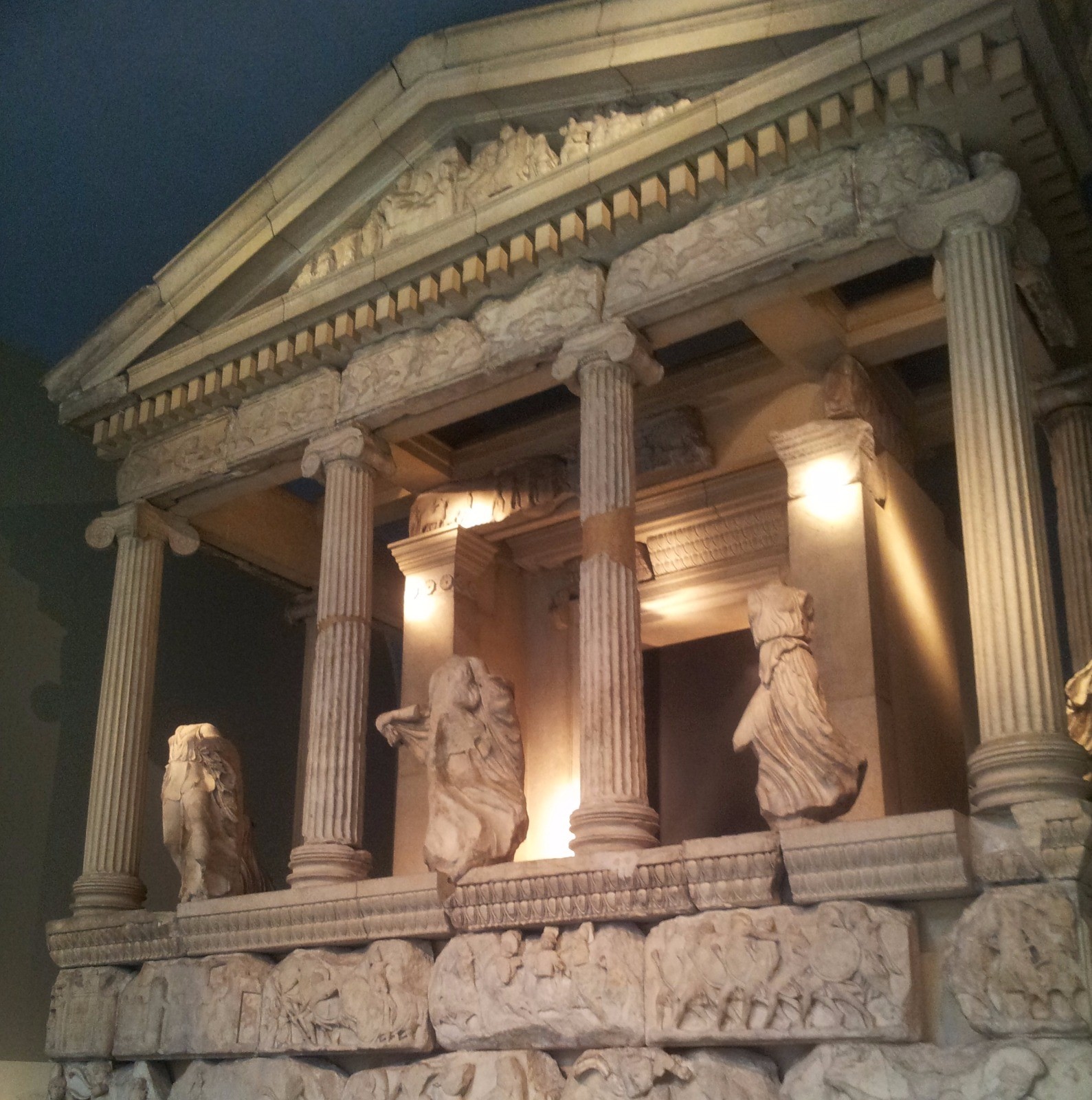
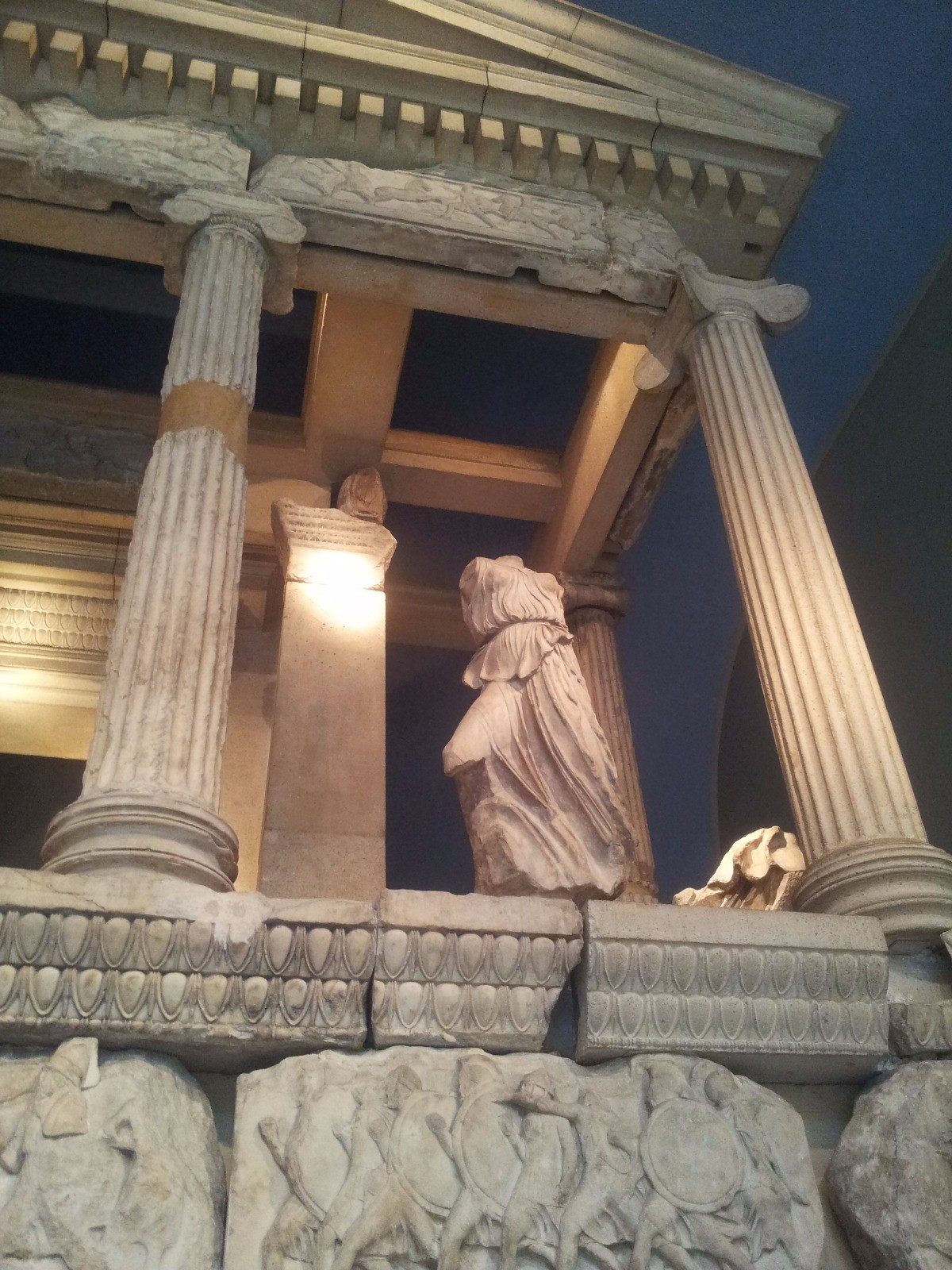
Although it's true that, on a painting level, the British museum has very few great works compared to the Louvre, the Hermitage... but on an ethnological level, it's the biggest and has the most pieces and collections.
The department with the best and oldest collections in the world for Egyptian antiquities (known for the Rosetta stone, papyrus and old writings, mummies, sarcophagi, etc. ). It's one of the most important Egyptian departments in the world outside of the museum of Cairo.
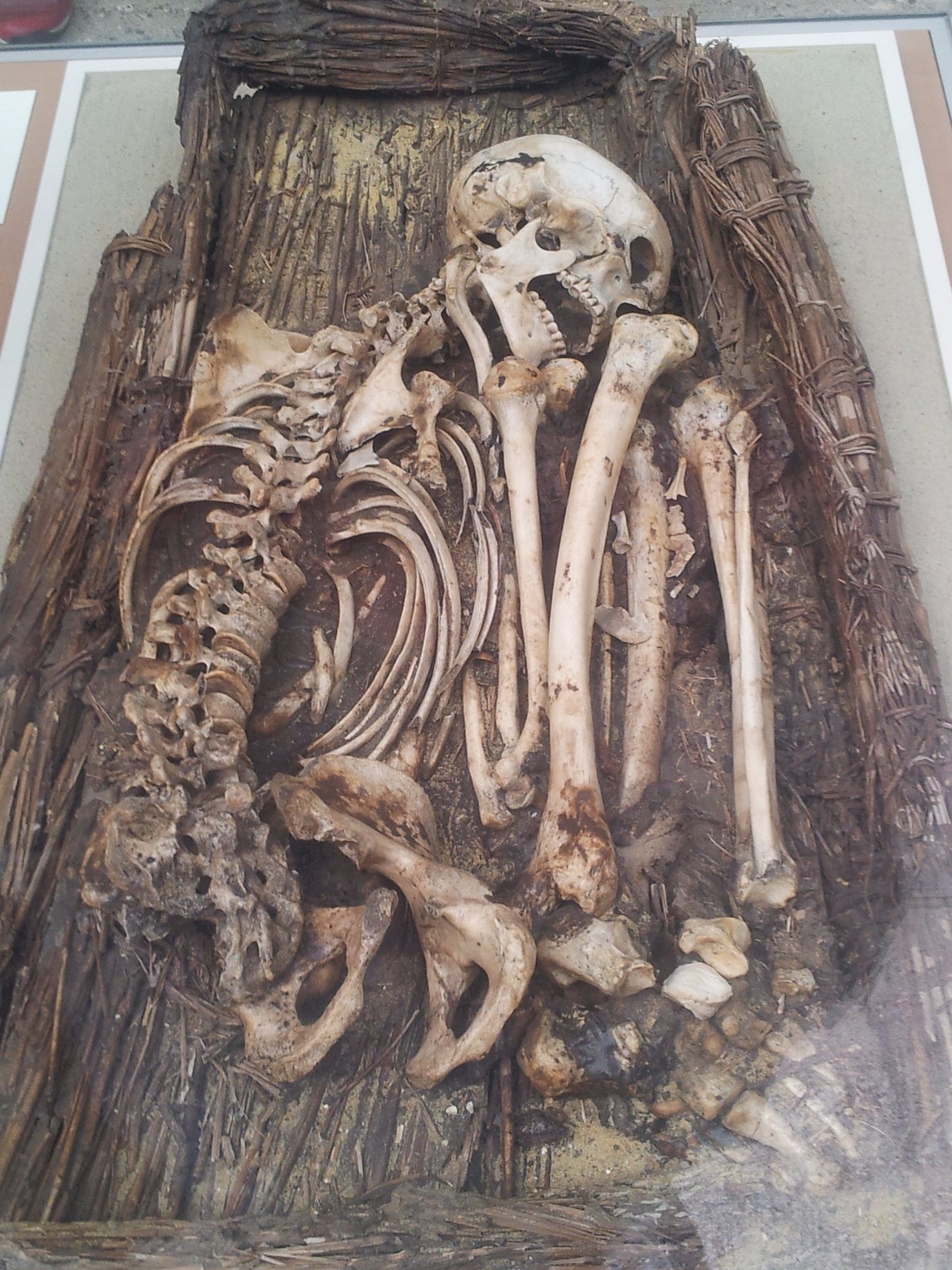
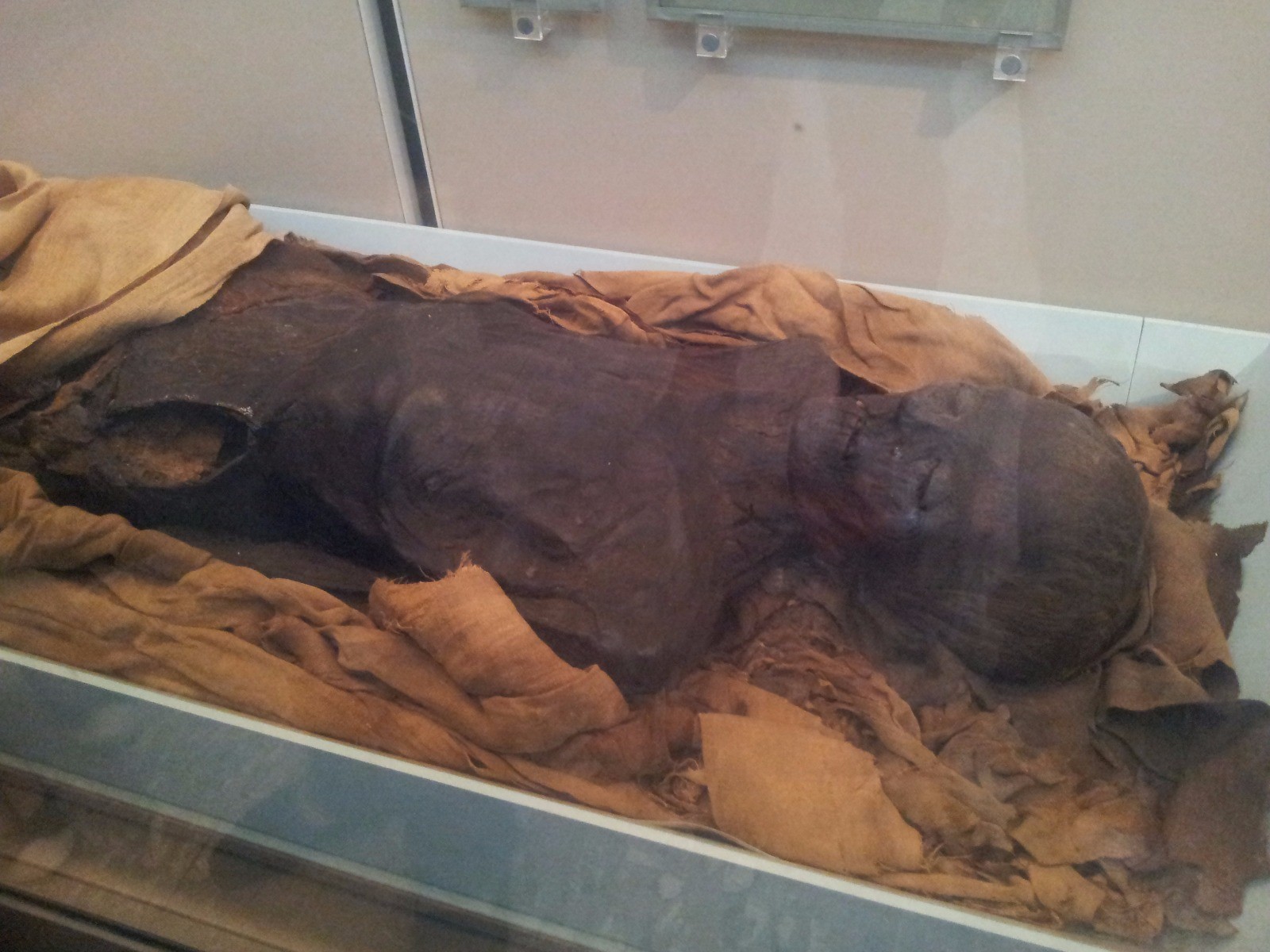

In particular, the Rosetta stone is one the most important parts in the museum, since it's an ancient stone that has a fragment of a decree written in 3 different languages: Egyptian hieroglyphs, ancient Egyptian and ancient Greek. Thanks to the text being written exactly the same in the three languages with very tiny difference, we were able to decipher the alphabet and the language of hieroglyphs. That means that, thanks to this stone, we were able to get to understand Egyptian culture and their language.

The current appearance of this museum is one of a neoclassic style, which originated as a mansion built in 1759, it has undergone some renovations since then and so we have the building that we have today. The museums is currently the oldest museum in the world.
Did you know that, in its day, the sites where Buckingham Palace and Westminster Abbey now stand were considered for the construction of this museum?
First the land was bought, then the mansion that housed the museum was created. Years later, when the amount of objects and the number of collections got bigger, they had to expand the museum.
Later, it was agreed that the part of the museum dedicated to natural sciences, due to its vast array of objects, had to be moved to another space. And so, in 1992, when the museum legally moved all of its objects from here to another space called the "Natural History Museum" and that became another of London's most visited museum.
Just by entering the British museum, we were taken aback by one of the most central, most photographed, panoramic views of this museum. It was the British Museum Queen Elizabeth II Great Court, it used to house the great British Library, which has since been moved.
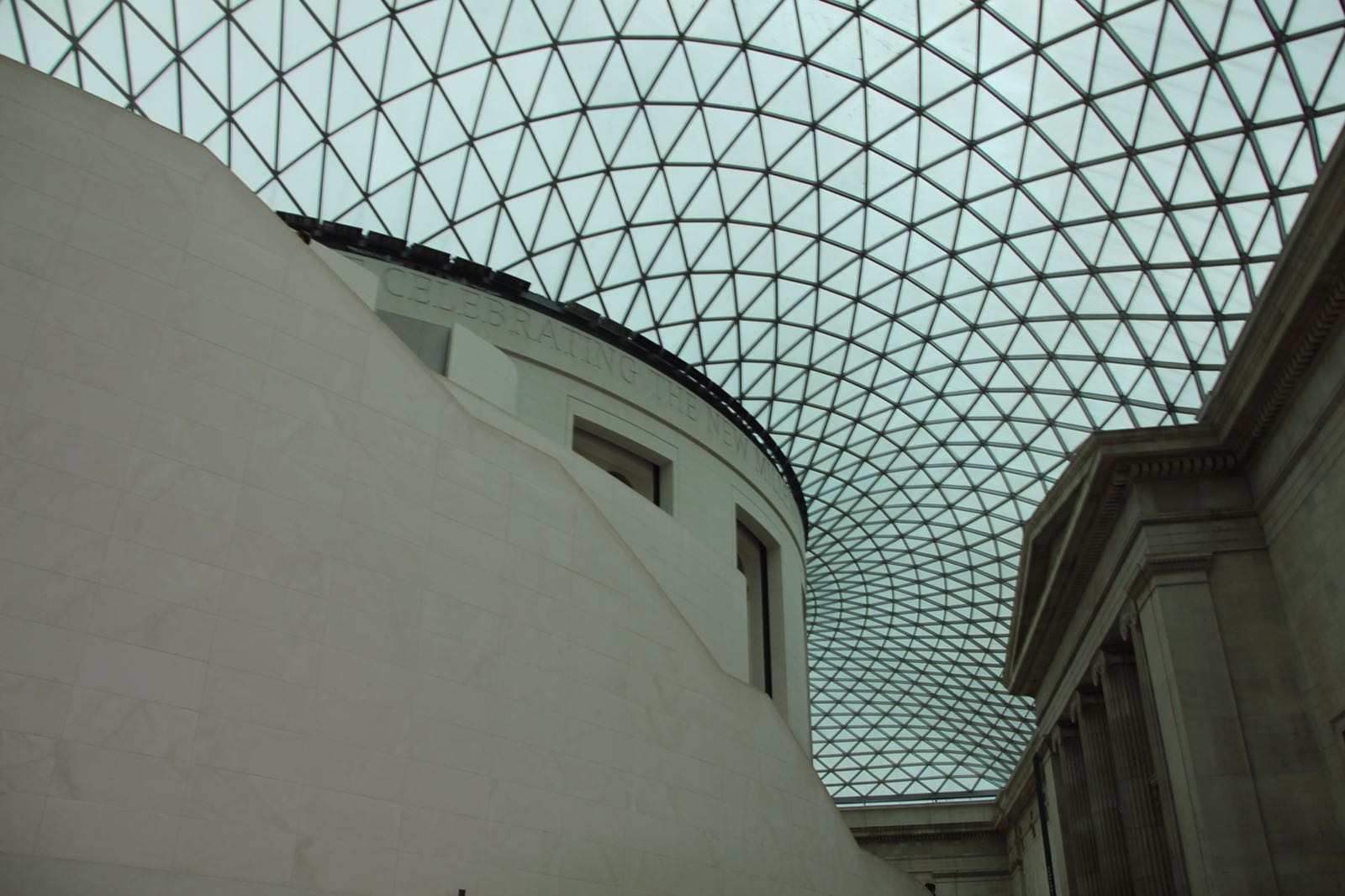

The roof is made up of more than 1, 500 glass panels, which are joined and fastened together with steel bars. The glass takes 2 weeks and a lot of staff to clean.
Did you know that the man who designed the dome (a. k. a. the Great Court of Queen Elizabeth II) is the same man who designed the "Gherkin" (a. k. a. Saint Mary's Axe). His name, for those of you who didn't know, is Norman Foster and, aside from these two design projects in London, he has a lot of works in Spain, too.
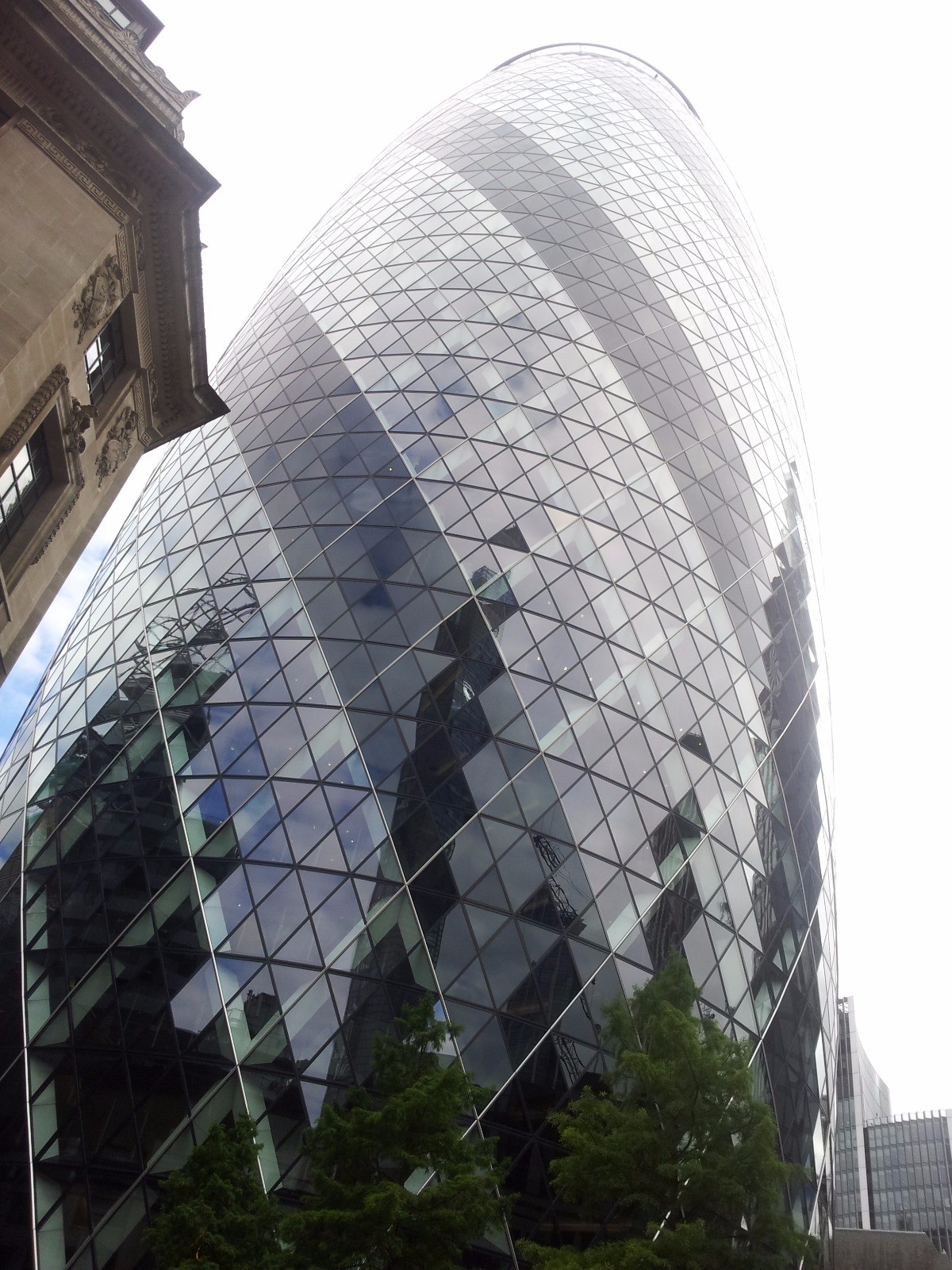
Could you name any? Well, I'll give you some of them! A couple examples of his designs are the Camp Nou, the Bilbao metro and the Cepsa tower in Madrid.
Can you get a guided tour? Do they have audio guides? Is it expensive?
Yes, there are options for guided tours; but the museum also offers a free kind and within each room's given hours, there are guided tours of the room. There are times when official museum tours, they'll explain all the rooms they take you to. Coming here should be a day-long visit, since the museum is made up of 6 floors (one of them being underground) and if you're interested in all of the explanation available to tourists, they all last around an hour and go on throughout the day.
If you're in more of a hurry and you don't have the whole day to spend in the museum and you're still interested, you can go on an 90 minute express tour, which cost around €15 and a guide will take you around the whole museum, teaching you about the most important parts.
Another way to do at your own pace and to not have to wait for the tour for each room is to get an audio guide. It costs around €5-6 and you can go at your own speed and hear about what you're most interested in.
The museum also has some temporary exhibitions on offer, some of which are free and other you have to pay for, which are all very interesting.
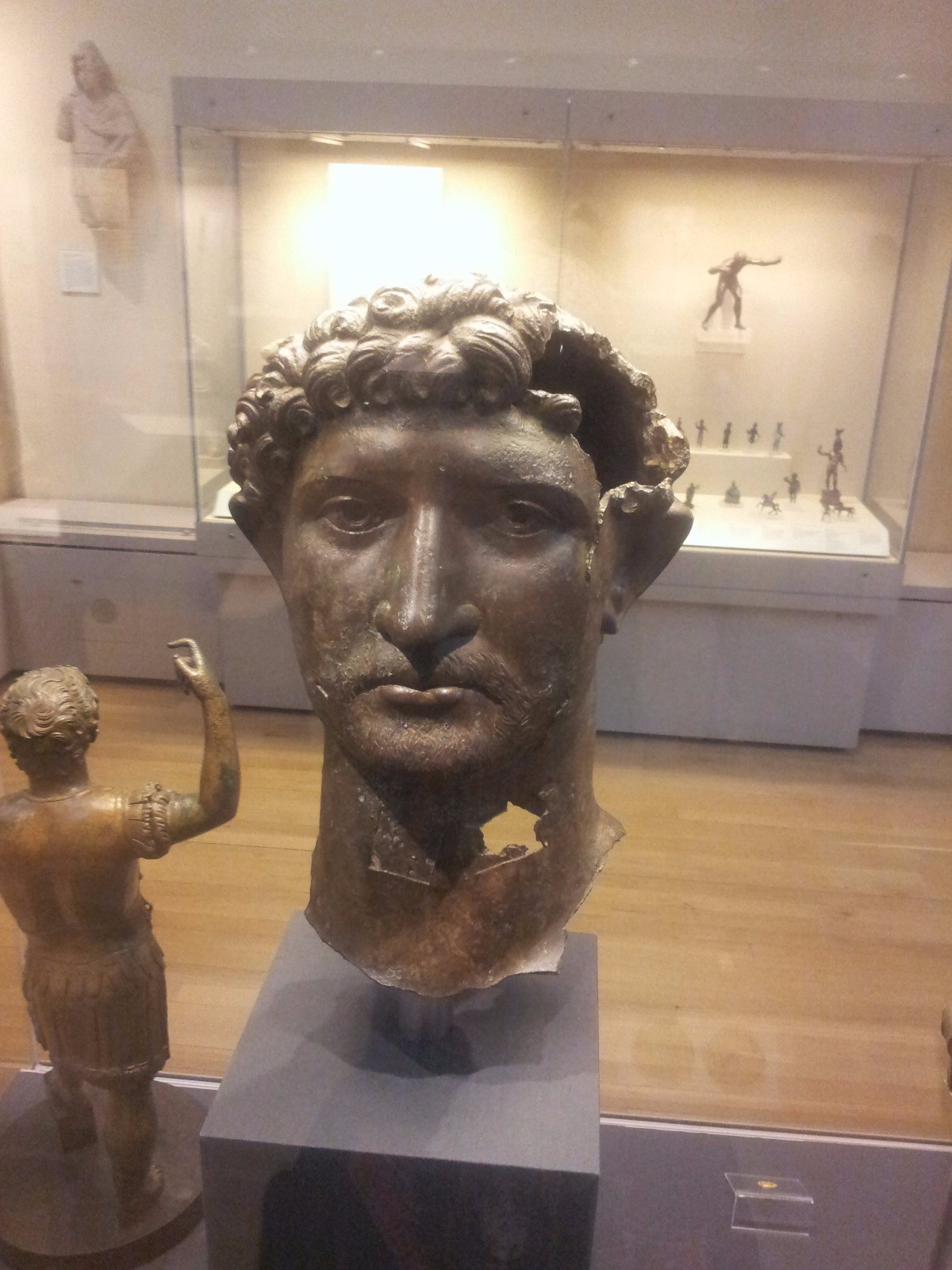
The museum is open from 10:00 to 17:30 every day, apart from on Fridays when it closes at 20:30.
You can find it at “Great Russell St, Bloomsbury, London WC1B 3DG” and the best way to get there is to go by public transport or walking if you find yourself nearby.
The closest tube stations to the museums are:
- Tottenham Court Road
- Holborn
- Russell Square
- Goodge Street
Here's an interesting fact, when the museum first opened, it has its own tube stop, called “British museum station”, it was just next to the museum. Years later, it was closed, as a new station was opened nearby.
Inside the museum, there are two cafeterias and a restaurant, where some tourists choose to spend the day, although you can also bring your own food and drinks. Unlike other buildings in England, the British Museum's security focuses on checking suitcases/bags/backpacks, but they let you bring food and drinks inside.
A piece of advice for those who take their whole suitcase with them, as they're leaving the city that day. They don't let you bring suitcases in; you have to leave them in the left-luggage rooms, you can find them at nearby train stations, such as Charing Cross and King's Cross, you can leave them there all day for a reasonable price.
How the museum obtained a lot of its objects is still controversial, since a lot of countries consider it to be expropriation. Like, for example, Greece with the Parthenon marbles, the Greek government has been formally asking for them back for years now. It was the same for the mummies and other Egyptian objects that the museum claimed.

The British government maintains that these priceless objects could not have been maintained in their country of origin without the objects being lost over the years or being poorly cared for.
The British government also maintains that all of the works they have were donations, gifts or were bought legally. But in the case of the Parthenon, the marbles were bought from the Ottoman empire, which owned the pieces at the time, and not Greece. The Ottoman empire is considered an invader of countries and so Greece is insisting they get them back.
Fortunately, during the second World War, the museum and its workers tried to save a lot of the objects in underground bunkers, so they managed to save them. A lot of books from the British Library were destroyed, as they weren't able to be saved.
The building has been used as a location for numerous films and scenes. For example, I'm sure that everyone knows the film "Night at the Museum", the museum for closed for 3 days for the first time to film the movie.
Here's another interesting fact, more than 50 films or documentaries are produced or edited in the museum in only one year. We'll probably see more films as the years go by.
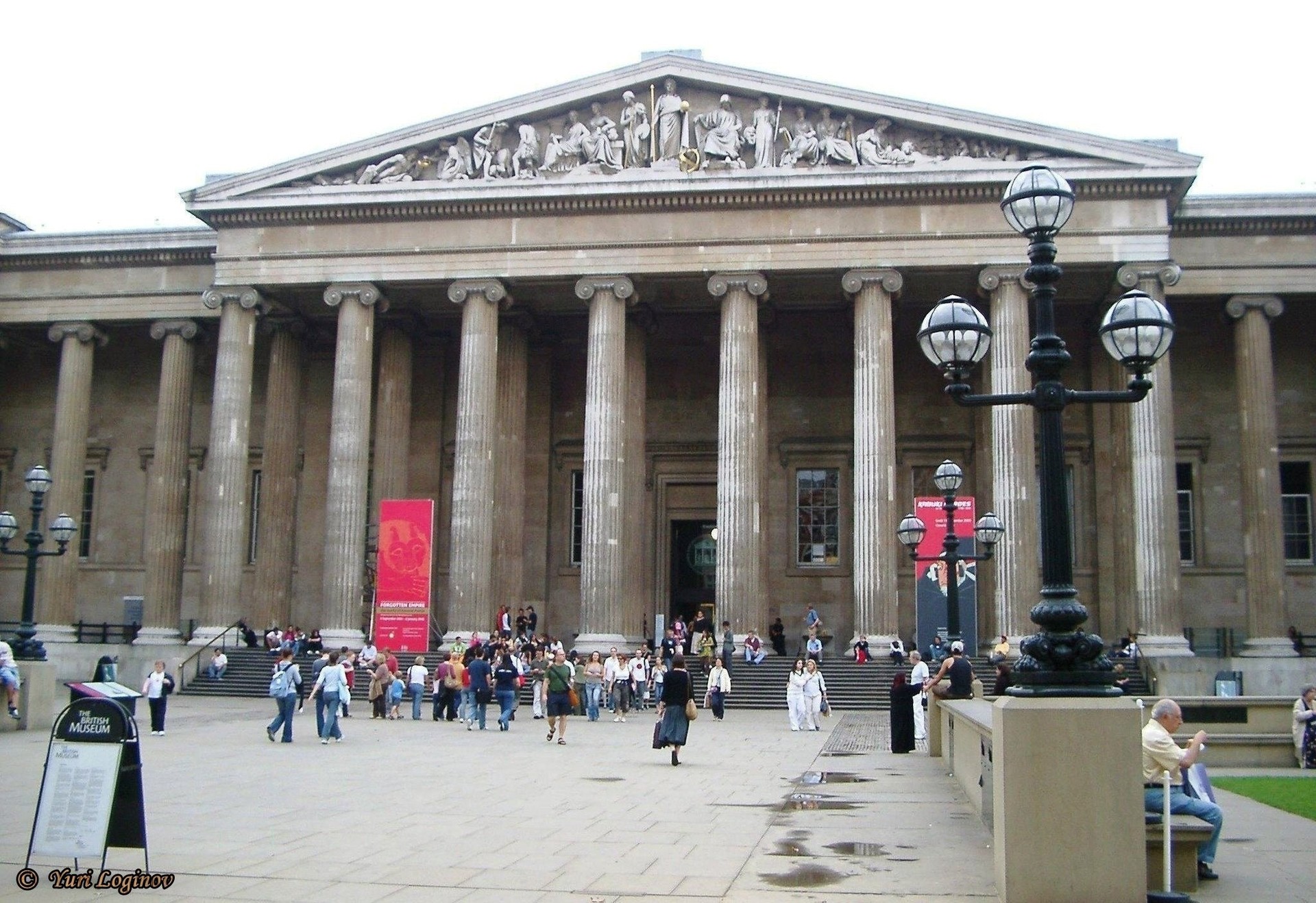
I think that it's a must-see visit for those people and tourists who will be in the British capital for more than 48 hours.
I've actually managed to go to this museum 4 times and I usually spend the most time in the Egyptian, Greek and Chinese sections. They're the sections I'm most interested in and they're often the sections that visitors like most too, since they're always jam-packed; they're usually the fullest and busiest rooms. The good thing is that they let you take pictures inside, so you can have lovely reminders of your trip there.
Those of you who love art and cultures will enjoy a trip around the world in less than 24 hours, that takes you from continent to continent and from period to period.
The gift and souvenir shop is incredible, you can buy almost anything and replicas of everything in the museum. The prices aren't very high, they're appropriate for where the shop is. But it is true that the refreshments and the cafeteria prices are higher than those of places on the street. That's why I'd recommend bringing your sandwiches and drinks as there aren't problems getting in with them.
As always, I invite you to leave any comments and opinions.
And finally, I'd recommend having a read of this definitive guide which tells you what to see in London in four days.
Photo gallery
Content available in other languages
- Español: Todo lo que necesitas saber sobre el Museo británico "The British Museum"
- Italiano: Tutto quello che devi sapere sul Museo Britannico "British musuem"
- Français: Tout ce que tu as besoin de savoir sur le Musée britannique "British museum"
- Polski: Wszystko, co musicie wiedzieć o Muzeum Brytyjskim „The British Museum"
Want to have your own Erasmus blog?
If you are experiencing living abroad, you're an avid traveller or want to promote the city where you live... create your own blog and share your adventures!
I want to create my Erasmus blog! →



























Comments (0 comments)